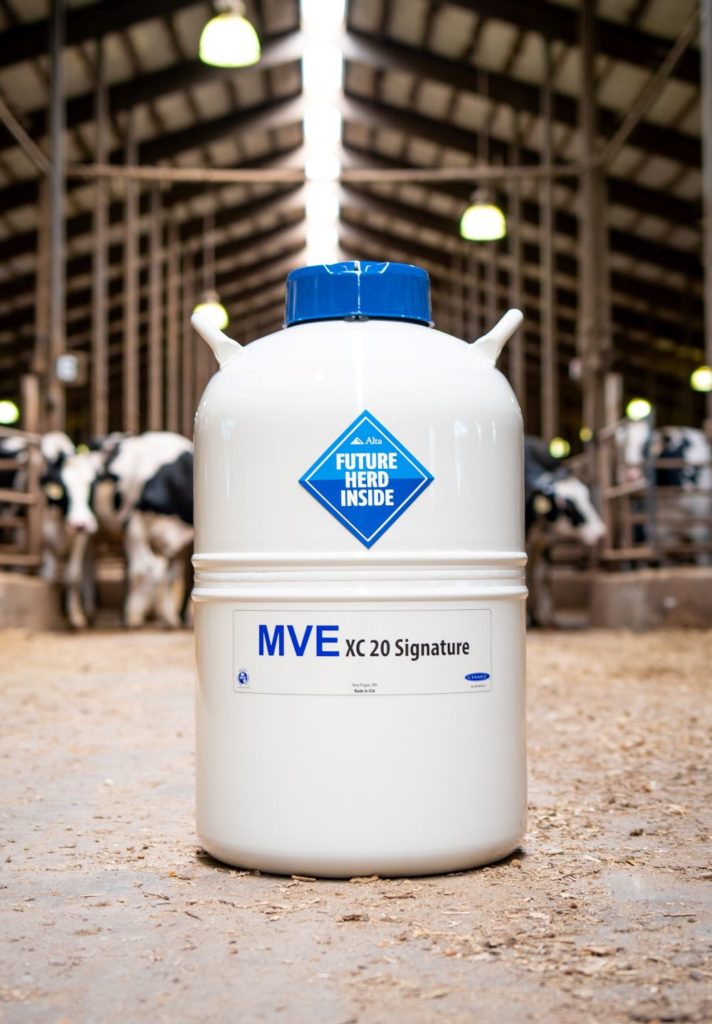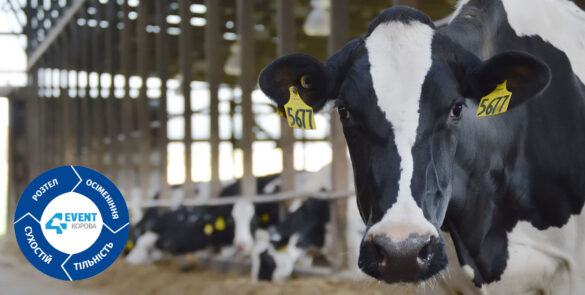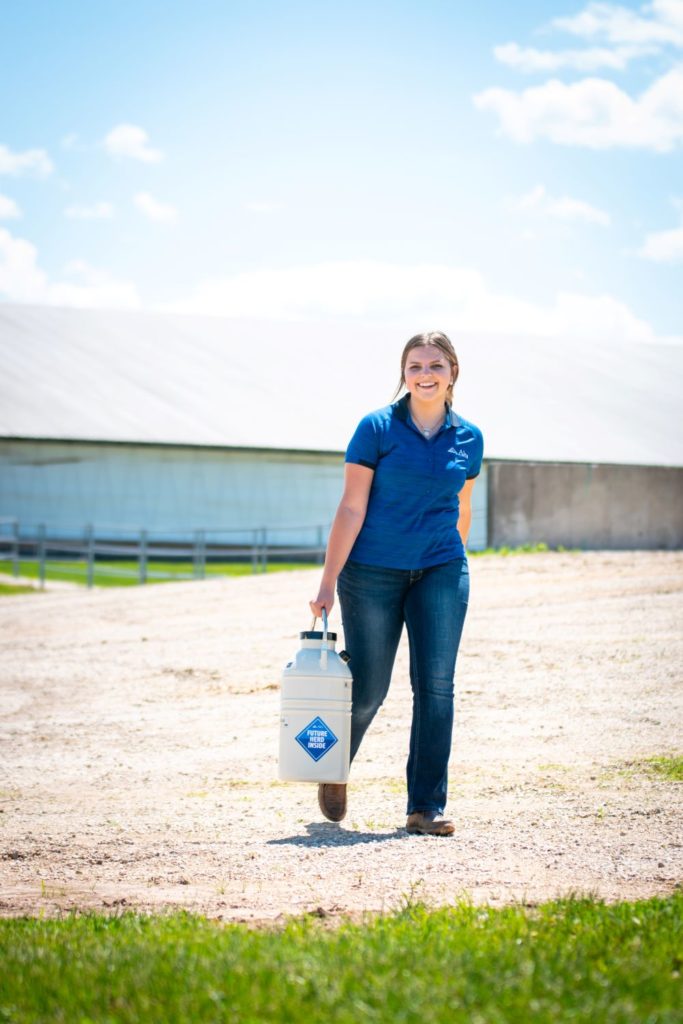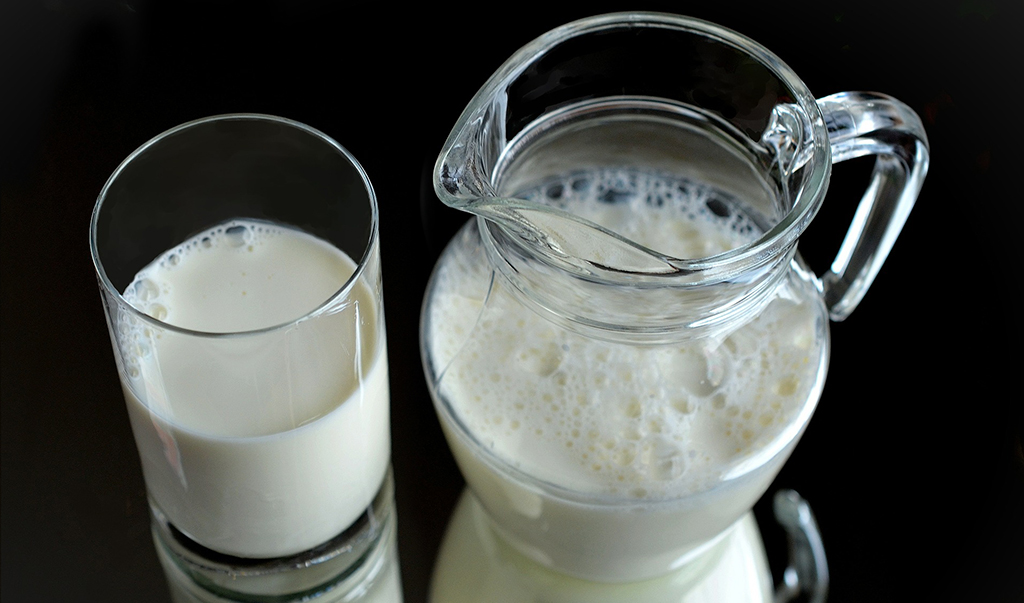As consumers continuously look for new ways to eat healthy, A2 milk is a trend that emerges on their radar. A2 milk has been a common brand in Australia and New Zealand for several years. It only made its entry to the US marketplace in 2015.
It’s a new concept for many people, so before you join in on the A2 hype, here are a few answers to questions you may have.
What is A2 milk?
A2 milk is produced only from cows having two copies of the A2 gene for beta casein.
To explain further, cows’ milk is about 87 percent water. The remaining 13 percent is a combination of lactose, fat, protein, and minerals that make up the solids in milk.
If we focus on the protein within milk, the major component of that protein is called casein. About 30% of the casein within milk is called beta casein. The two most common variants of the beta casein gene are A1 and A2, so any given bovine will be either A1A1, A1A2 or A2A2 for beta casein.
In the United States nearly 100% of the milk contains a combination of both A1 and A2 beta casein.
What is the benefit of A2 milk?
Researchers believe that A2 is the more natural variant of beta casein, and A1 was the result of a natural genetic mutation that occurred when cattle were first domesticated. With that in mind, studies have been done to see if people digest or react to true A2 milk differently than regular milk.
Some of those studies have found that people drinking milk exclusively from cows producing A2 milk were less susceptible to bloating and indigestion – leading some to conclude that A2 milk is a healthier option than regular milk. The exact science behind the difference in A1 versus A2 milk is complicated, but research has shown that digestive enzymes interact with A1 and A2 beta-casein proteins in different ways. Because of that, A1 and A2 milk are processed differently within the body.
Can you breed for A2 milk?
Yes, in fact the only way to have cows that produce A2 milk is to breed for it.
True A2 milk can only be produced from cattle possessing two copies of the A2 gene in their DNA. Each animal receives one copy of the gene from its sire and one copy from its dam. So for a chance to get an animal with the A2A2 makeup, you must breed a bull with at least one copy of the A2 allele to a cow with at least one copy of the A2 allele.
To ensure with 100% certainty that a female will produce A2 milk once she freshens, she must be the result of mating a cow with two copies of the A2 gene to a sire that also has two copies of the A2 gene.
Does A2 milk only come from colored breeds of dairy cattle?
Traditionally, colored breeds of dairy cattle, such as Jerseys and Guernseys have been the poster children for the A2 gene. Those two breeds still have a higher proportion of A2A2 animals. However, some of the popular Holstein sires of recent years have increased the prevalence of A2A2 sires in the black and white breed as well.
You may be surprised that about 40% of the Holstein sires in active AI lineups, including numerous household names, have two copies of the A2 gene. In addition, over 80% of Holstein sires have at least one copy of the A2 gene.
Is A2 milk the answer for people with lactose intolerance?
A2 milk contains the same amount of lactose as non-A2 milk. So in clinically-diagnosed cases of lactose intolerance, A2 milk will not provide the benefits that lactose-free milk would offer.
Since most cases of lactose intolerance are self-diagnosed, some doctors believe the cause of indigestion in those cases is actually linked to an A1 aversion rather than lactose intolerance. In those cases, drinking A2 milk may help prevent the side-effects otherwise experienced from drinking regular milk.
Should you select for A2 in your breeding program?
With this new information at hand, it may seem compelling to produce only true A2 milk. Many A2A2 sires are available, but you still have an opportunity cost by selecting only A2A2 sires.
When A2A2 is a limiting factor in your genetic selection, you’ll eliminate about half of all bulls available. That means you will likely miss out on pounds of milk, extra health and improved fertility traits.








